Bowling is a sport that combines skill, strategy, and technique. One of the most effective techniques to enhance your game is learning how to hook a bowling ball. A hooked ball can dramatically increase your chances of achieving strikes by creating a powerful angle of entry into the pins. In this comprehensive guide, we will explore the fundamentals of hooking a bowling ball, including the necessary techniques, equipment, and practice routines. Whether you’re a beginner or an experienced bowler looking to refine your skills, understanding how to hook a bowling ball can elevate your performance on the lanes.
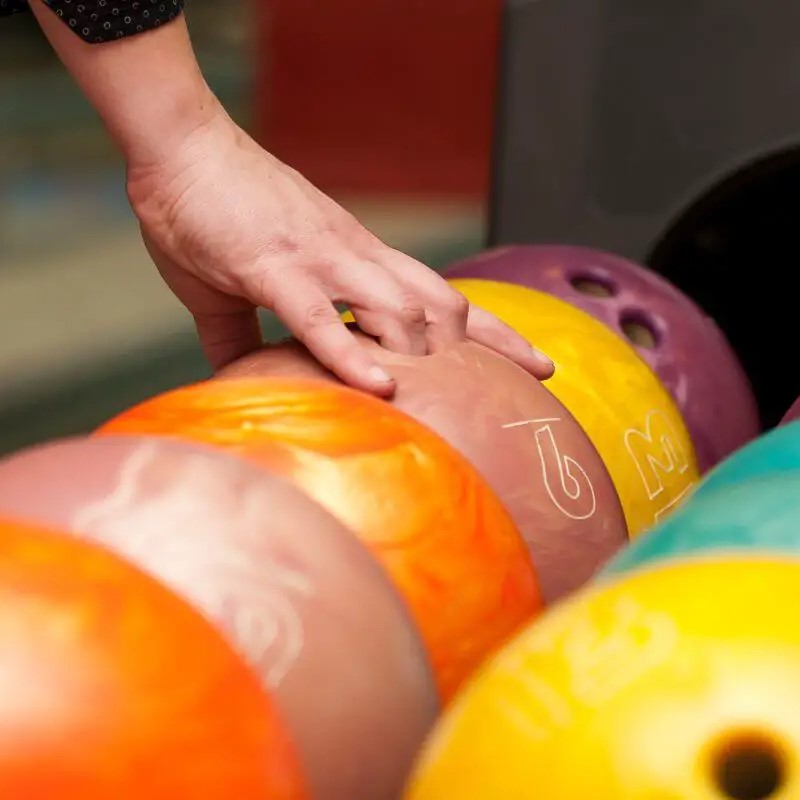 Understanding the Hook: What It Is and Why It Matters
Understanding the Hook: What It Is and Why It Matters
A hook in bowling refers to the curving motion of the ball as it travels down the lane. This movement increases the ball’s path angle, allowing it to strike the pocket more effectively. But why does hooking matter? Essentially, a hooked ball can improve pin action, leading to higher strike percentages. Additionally, it helps in avoiding gutter balls by providing better control over the ball’s direction.
The Physics Behind the Hook
To grasp how to hook a bowling ball, it’s helpful to understand the underlying physics. When a bowler releases the ball with a spin, it generates a rotational force. This spin interacts with the lane’s friction, causing the ball to change direction. The amount of hook depends on several factors, including the bowler’s release technique, the ball’s surface texture, and the lane conditions.
Benefits of Hooking a Bowling Ball
Firstly, a hooked ball can help in hitting the pocket (the space between the 1 and 3 pins for right-handers) more consistently. Secondly, it maximizes the pin carry, increasing the likelihood of knocking down all ten pins. Finally, mastering the hook can give you a psychological edge, boosting your confidence and consistency during games.
Essential Techniques for Hooking a Bowling Ball
Mastering how to hook a bowling ball involves several key techniques that require practice and precision. Let’s delve into these essential methods to improve your hooking ability.
Proper Grip and Release
Your grip and release are foundational to hooking a bowling ball effectively. Begin by placing your fingers correctly in the ball’s holes—usually your middle and ring fingers with the thumb lightly holding the ball. As you approach the release, focus on rotating your wrist slightly to impart spin. A smooth, controlled release ensures that the ball starts its hook at the right moment.
Finger Placement
Ensuring proper finger placement is crucial. Insert your fingers up to the second knuckle to allow for better control and rotation. This placement enables your fingers to slide out of the holes naturally during the release, creating the necessary spin for the hook.
Wrist Position
Maintain a firm but flexible wrist position. A slightly cupped wrist helps in generating the hook without causing undue stress on your arm. Avoid excessive wrist movement, as it can lead to inconsistent hooking patterns.
Approach and Footwork
Your approach and footwork play a significant role in how you hook the ball. A balanced and controlled approach sets the stage for a successful hook.
Consistent Steps
Take consistent, measured steps towards the foul line. Typically, a four or five-step approach works best. Ensure that each step is smooth and steady to maintain your rhythm and timing.
Timing Your Release
Timing is everything when it comes to hooking a bowling ball. Release the ball at the lowest point of your swing, just as you reach the foul line. This synchronized movement maximizes the ball’s rotational force, enhancing the hook.
Body Alignment and Targeting
Proper body alignment and targeting are essential for achieving a consistent hook. Align your body with your intended target to ensure the ball follows the desired path.
Hips and Shoulders
Keep your hips and shoulders square to the target. This alignment helps direct the ball towards the pocket, increasing your chances of a strike. Avoid twisting your body during the release, as it can cause erratic ball movement.
Focus on the Arrow
Use the arrows on the lane as your target. Aim to release the ball between the second and third arrows for a slight angle that facilitates the hook. Visualizing your target helps in maintaining a straight and controlled path for the ball.
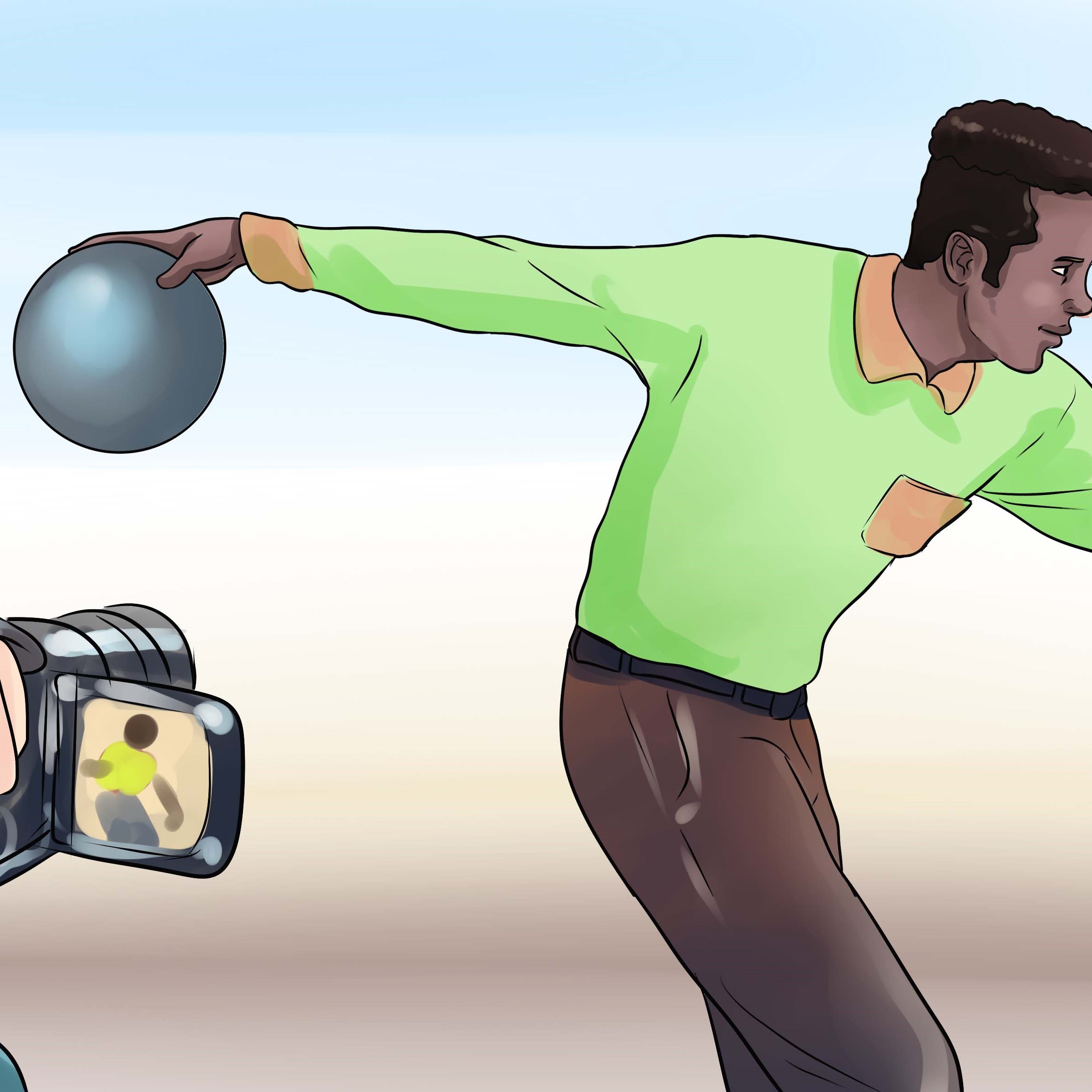 Selecting the Right Equipment for Hooking
Selecting the Right Equipment for Hooking
Choosing the right equipment is vital for successfully hooking a bowling ball. From the ball itself to the appropriate shoes, each element can influence your hooking ability.
Choosing the Right Bowling Ball
Not all bowling balls are created equal. Selecting a ball that suits your style and lane conditions is essential for mastering the hook.
Weight and Balance
Select a ball that is comfortable to handle and not too heavy. A general rule is to choose a ball that weighs approximately 10% of your body weight, up to a maximum of 16 pounds. Additionally, consider the ball’s balance—whether it’s a high, medium, or low RG (radius of gyration). Medium and high RG balls provide better hooking potential.
Surface Texture
The surface of the bowling ball significantly affects its ability to hook. A polished surface retains oil longer, creating more friction and a sharper hook. Conversely, a rougher surface can help in creating an earlier hook. Choose a surface texture that matches your lane conditions and hooking strategy.
Proper Bowling Shoes
Wearing the right bowling shoes can enhance your hooking technique. Ensure that your shoes provide adequate support and allow for a smooth slide during your approach. Proper footwear helps maintain balance and control, essential for a successful hook.
Accessories and Enhancements
Consider using accessories like wrist supports or grip enhancers. These tools can improve your stability and grip on the ball, facilitating a more consistent hook. Additionally, custom drilling your bowling ball can optimize finger and hand positions for maximum hooking efficiency.
Practicing Your Hooking Technique
Practice is the key to mastering how to hook a bowling ball. Implementing structured practice routines can help you develop and refine your hooking skills.
Drills to Improve Your Hook
Incorporate specific drills into your practice sessions to enhance your hooking technique.
The One-Step Drill
Start by taking one step and focusing solely on your release and wrist position. This drill helps in isolating the mechanics of the hook without the complexity of a full approach.
The Pendulum Drill
Swing the ball back and forth like a pendulum before releasing it. This motion helps in developing a smooth and controlled release, essential for generating a consistent hook.
Analyzing Your Performance
Regularly analyze your performance to identify areas for improvement. Use video recordings to review your stance, approach, and release. This visual feedback allows you to make necessary adjustments and fine-tune your hooking technique.
Seeking Professional Guidance
Consider taking lessons from a professional bowling coach. Expert guidance can provide personalized tips and corrections, accelerating your progress in mastering the hook.
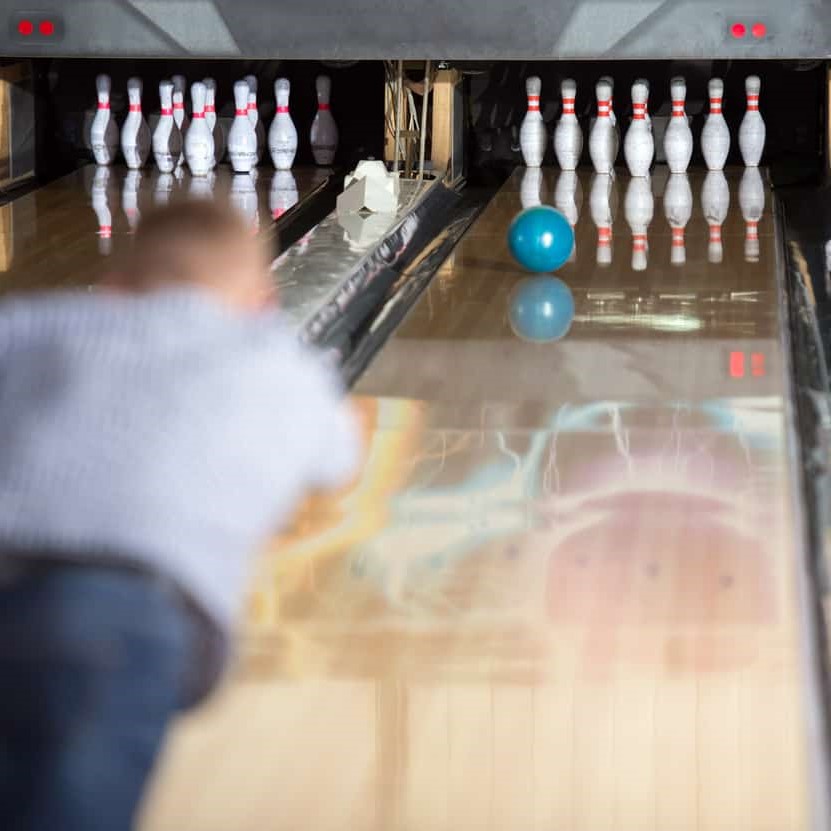 Common Mistakes to Avoid When Hooking a Bowling Ball
Common Mistakes to Avoid When Hooking a Bowling Ball
While learning how to hook a bowling ball, it’s easy to fall into common pitfalls that can hinder your performance. Being aware of these mistakes can help you avoid them and enhance your overall game.
Over-Rotation of the Ball
One common mistake is over-rotating the ball during the release. Excessive spin can cause the ball to hook too sharply, leading to inconsistent pin action. Focus on a controlled and smooth rotation to achieve a balanced hook.
Incorrect Grip Pressure
Applying too much pressure with your fingers can prevent the necessary slide and hook. Ensure that your grip is firm yet relaxed, allowing for a natural release and adequate spin.
Poor Alignment
Misalignment of the hips and shoulders can disrupt your intended ball path. Always align your body with your target, keeping your hips and shoulders square throughout the approach and release.
Enhancing Your Game: Advanced Hooking Techniques
Once you’ve mastered the basics, you can explore advanced techniques to further refine your hooking skills and improve your bowling performance.
Adjusting for Lane Conditions
Understanding and adjusting to different lane conditions is crucial for maintaining a consistent hook. Learn to read the oil patterns and adjust your ball speed and release accordingly. For example, on oily lanes, a higher speed can help preserve the hook, while on dryer lanes, a slower speed may be necessary to create a stronger hook.
Utilizing Different Grips and Releases
Experiment with different grips and release styles to find what works best for your hooking technique. The fingertip grip, where only the fingertips are inserted into the ball, can provide more control and spin compared to the conventional grip.
Incorporating Spin Variations
Varying the amount of spin you put on the ball can help you adapt to different situations. Practice adjusting your spin based on the desired hook intensity and the specific challenges of each frame.
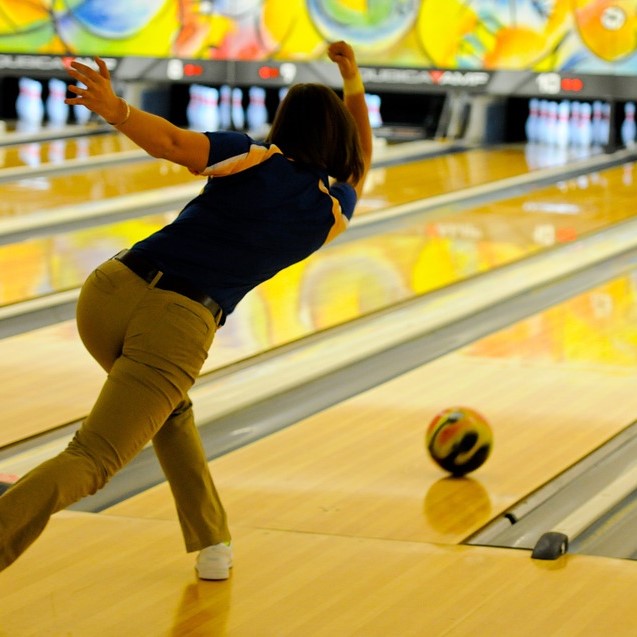 FAQs
FAQs
What is the Best Grip for Hooking a Bowling Ball?
The fingertip grip is generally considered the best for hooking a bowling ball. It allows for greater control and spin, essential for executing a consistent hook.
How Important is Wrist Position in Hooking a Bowling Ball?
Wrist position is crucial. A slightly cupped wrist helps generate the necessary spin for the hook, while an overly stiff or excessively bent wrist can hinder the ball’s movement.
Can I Hook a Bowling Ball Without Using My Fingers?
No, using your fingers is essential for hooking a bowling ball. The fingers provide the necessary rotation and control, enabling the ball to curve effectively down the lane.
How Do Lane Conditions Affect My Hook?
Lane conditions, including oil patterns, significantly impact your hook. Oily lanes require a different approach and technique compared to dry lanes. Adjusting your speed and release can help you maintain a consistent hook.
Is It Possible to Over-Hook a Bowling Ball?
Yes, over-hooking can lead to inconsistent pin actions and missed strikes. It’s important to find a balance and maintain a controlled hook that aligns with your target.
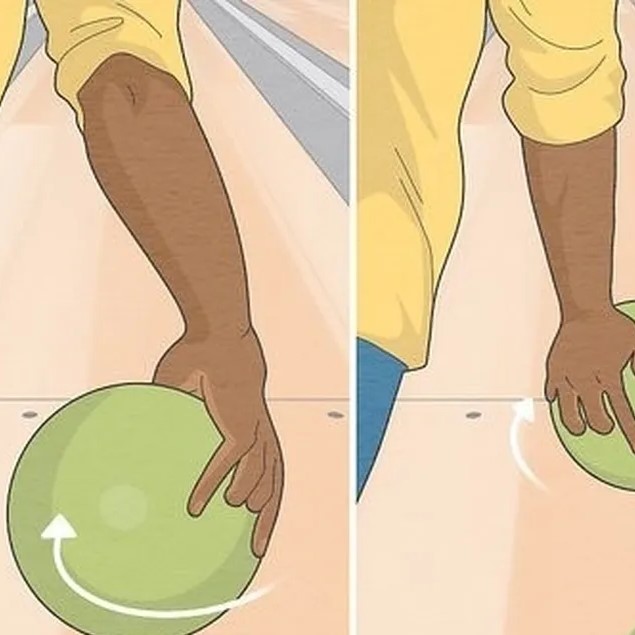 Conclusion: Master How to Hook a Bowling Ball for Striking Success
Conclusion: Master How to Hook a Bowling Ball for Striking Success
In conclusion, how to hook a bowling ball is a skill that can transform your game by increasing your strike potential and overall performance. By understanding the mechanics, practicing essential techniques, and selecting the right equipment, you can develop a reliable hooking strategy. Remember to focus on your grip, release, approach, and alignment, while also avoiding common mistakes. Incorporate advanced techniques as you progress, and always seek opportunities for improvement through practice and professional guidance. Embrace the art of hooking a bowling ball, and watch your bowling scores soar as you consistently achieve those coveted strikes.